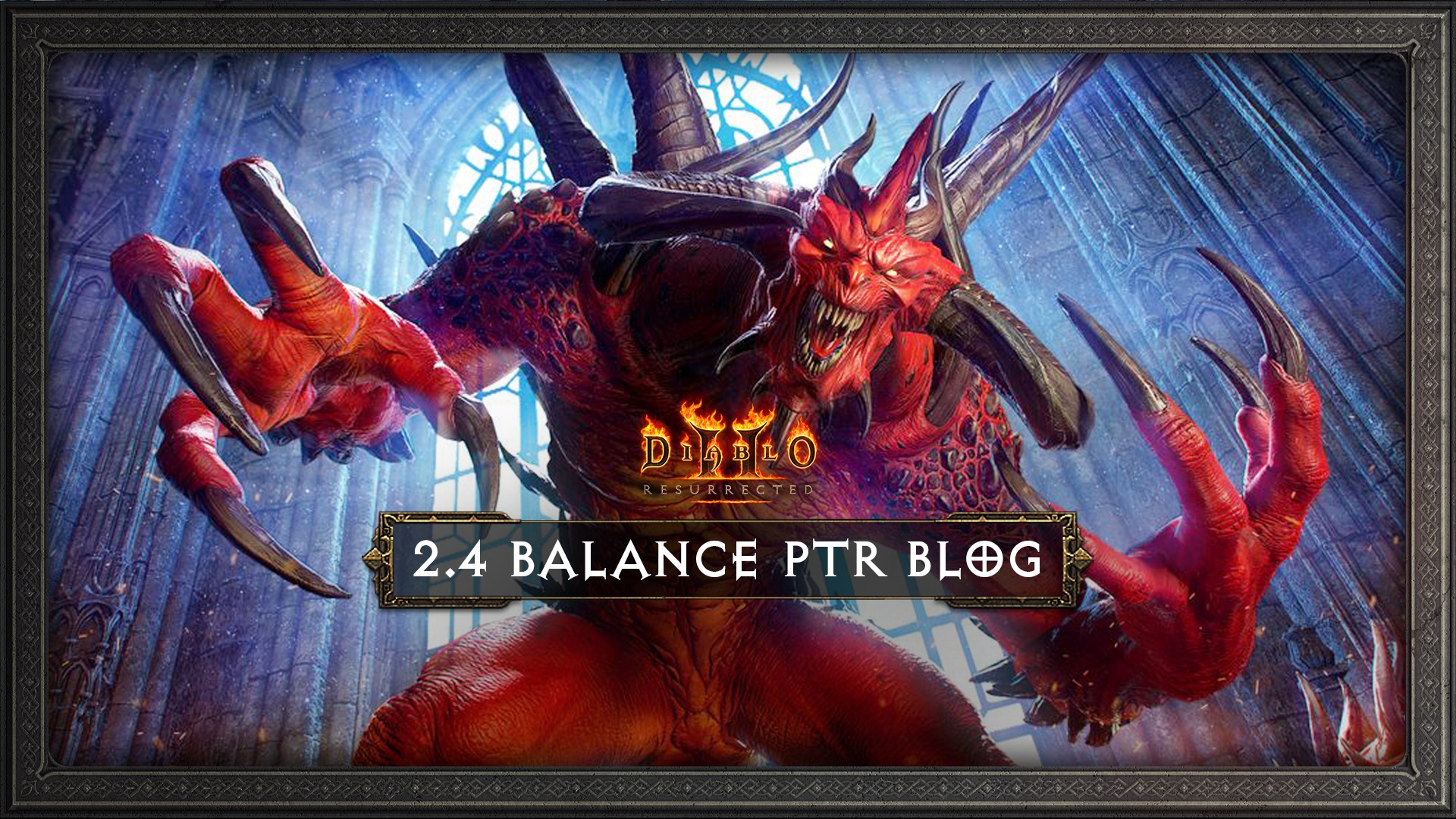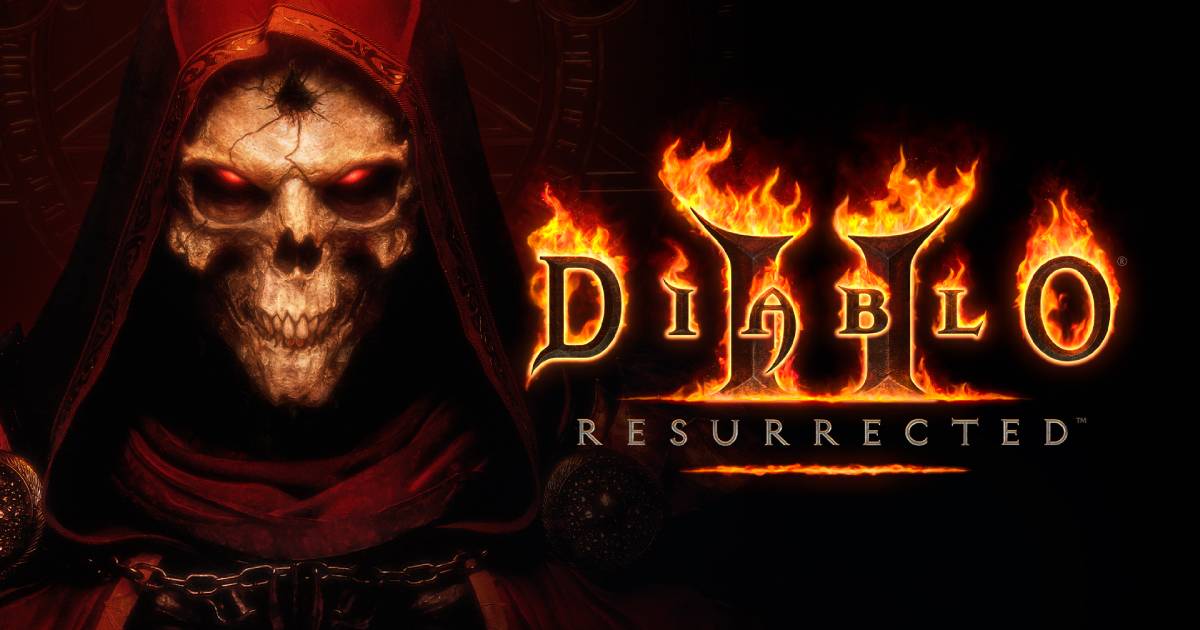

Something in the real world might cost $1.45, but you wouldn't practically pay for something with 1 Ist, 2 Lem's and 4 Eth's. This is an issue because price-flooring/ceilings occurs. In Diablo 2, if you get 3 Fals, it is less efficient to cube them into a Lem than it is just to keep them as-is.

In the real world, if you get four 25c pieces, you have a dollar. Although all runes have their part to play in cubing and crafting, for the sake of trading, nothing below like Hel is worth anything as a currency. A big issue is that runes are non-denominational. The rune marketplace does have some fundamental flaws. It's no surprise why bartering is tough to get good deals and to find what you want, and gravitating towards a currency that everyone wants is much more practical because it increases the fluidity of the market. I haven't played Classic in quite a long time and I'm interested to know what it's like now, but I do know for sure that once LoD was released, the barter economy was quickly shifted away from in favor of the new fiat currency market of runes. I recall that in Classic days, the barter economy really was the way. Trading and the economy has always been a big part of the game for me, spending minimum 1/3 of the time putting the items I've found into the D2 economy.

One of the first things I remember was clearing the Den of Evil and trying to put a chipped ruby into a chipped skull and not understanding why it wasn't working. I have been playing Diablo 2 on and off since classic release. Lots of discourse on the subreddit and elsewhere and wanted to throw my 2 chipped topazes in to the discussion.


 0 kommentar(er)
0 kommentar(er)
